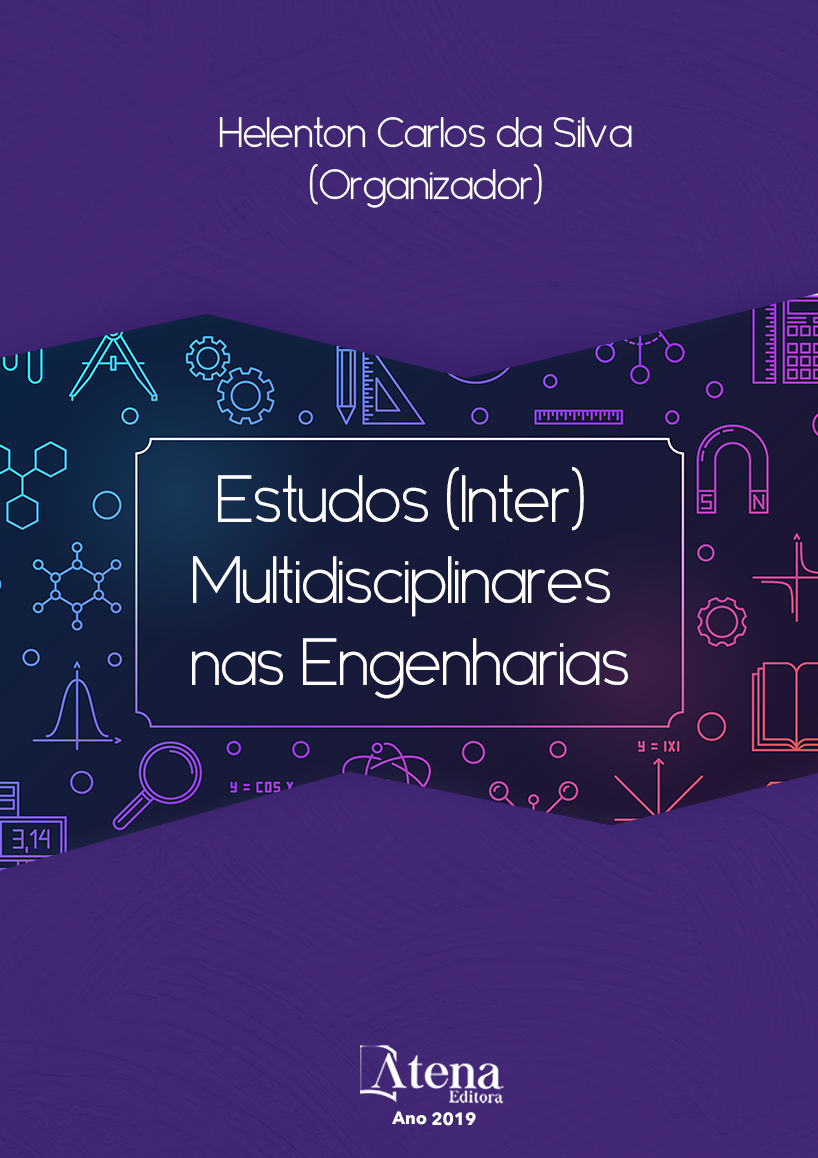
DESPACHO ÓTIMO DAS UNIDADES GERADORAS DA USINA HIDRELÉTRICA LUIS EDUARDO MAGALHÃES
No Brasil, o Operador Nacional do
Sistema Elétrico (ONS) realiza a otimização
da geração de energia elétrica através do
Planejamento da Operação Energética (POE). O
POE é executado em três diferentes horizontes
de estudo, cada um com características
restritivas distintas, sendo coordenados entre
si. Essas etapas são definidas como: médio
prazo, curto prazo e programação diária da
operação eletroenergética onde, somente as
duas primeiras etapas possuem ferramentas de
otimização computacional consolidadas. Para
determinar a terceira etapa de programação, o
ONS estabelece metas de geração para cada
hora diária, ou seja, define quanto cada agente
de geração tem que gerar. Porém, não define
quais unidades deverão ser comissionadas
nem quanto cada unidade geradora ativa
deve gerar. Baseando-se em uma modelagem
para sistemas hidrelétricos, visa-se solucionar
esse problema, definido como problema do
Comissionamento das Unidades Hidrelétricas
(CUH). A formulação da solução é representada
matematicamente como um problema de
Programação Não-Linear Inteira-Mista (PNLIM)
sendo a mesma fundamentada nos dados
característicos da usina hidrelétrica Luiz
Eduardo Magalhães. Nesse contexto, pretendese
utilizar a água da maneira mais eficiente
efetuando-se a minimização de uma função
objetivo em termos de demandas estipuladas
simuladas através do software AIMMS,
elucidando-se a otimização da defluência. A
partir de uma análise dos dados de saída das
curvas de desempenho das turbinas da usina
base, demonstra-se a eficiência obtida pela
usina, o porquê de os resultados expressarem
uma distribuição uniforme de potencial gerado
entre as unidades e a busca do simulador pelo
despacho de maior fornecimento de potencial
por unidade.
DESPACHO ÓTIMO DAS UNIDADES GERADORAS DA USINA HIDRELÉTRICA LUIS EDUARDO MAGALHÃES
-
DOI: 10.22533/at.ed.97319091013
-
Palavras-chave: Função De Produção Hidrelétrica, Comissionamento das Unidades Hidrelétricas, Programação Não-Linear Inteira-Mista.
-
Keywords: Hydropower Production Function, Hydro Unit Commitment, Mixed- Integer Nonlinear Programming.
-
Abstract:
In Brazil, the Operator of the National Electricity System (ONS) performs
the optimization of electric power generation through Energy Operation Planning (POE).
The POE is executed in three different study horizons, each with distinct restrictive
characteristics, being coordinated with between them. These steps are defined as:
medium term, short term and daily schedule of the electroenergetic operation where,
only the first two steps have consolidated computational optimization tools. In order to
determine the third scheduling step, ONS sets generation targets for each daily hour,
in other words, how much each generation agent has to generate. However, it does
not define which units should be commissioned or how much each active generating
unit should generate. Based on a modeling for hydroelectric systems, we aim to solve
this problem, defined as the Hydro Unit Commitment (HUC) problem. The solution
formulation is represented mathematically as a problem of Mixed Integer Nonlinear
Programming (MINLP) and it is related to the characteristic data of the Luiz Eduardo
Magalhães hydroelectric power plant. In this context, it is intended to use water in the
most efficient way by minimizing an objective function in terms of stipulated demands
simulated through the AIMMS software, elucidating the optimization of the defluence.
From an analysis of the output data of the performance curves of the base plant
turbines, it is demonstrated the efficiency obtained by the plant, why the results express
a uniform distribution of potential generated between the units and the simulator search
for the dispatch of higher supply potential per unit.
-
Número de páginas: 15
- Henderson Gomes e Souza
- Brunno Henrique Brito
- Vailton Alves de Faria
- Jabson da Cunha Silva


